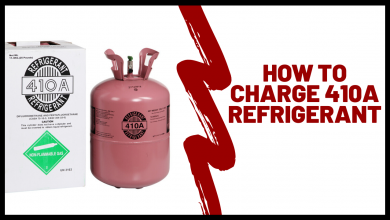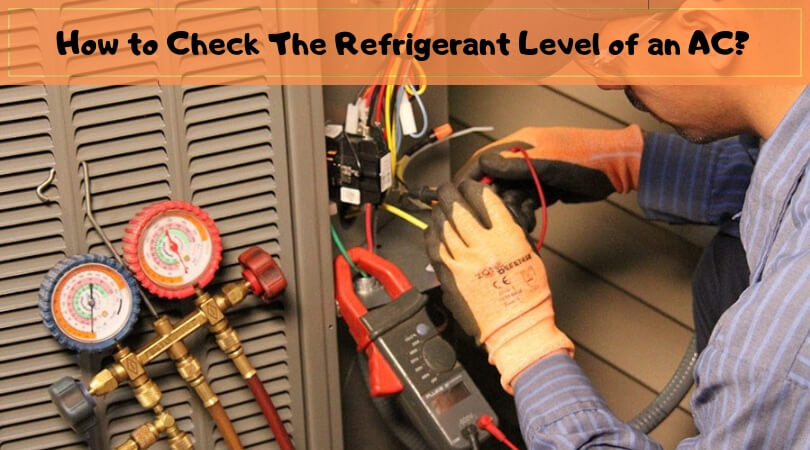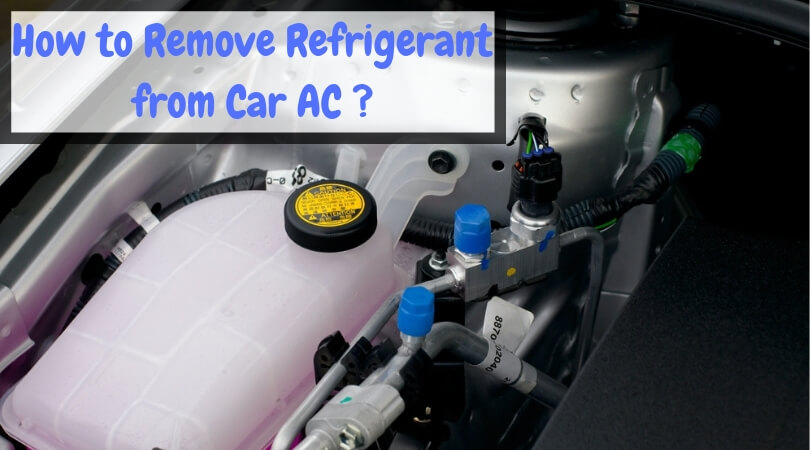How to Measure Superheat – Know the way to get Accurate Measurements

AC giving you trouble? Worried that it may not be cooling enough? Skeptical about its overall health? We understand how that must feel!
AC and other refrigerant systems, much like other machines, have the tendency to become inefficient with time and improper maintenance. They may also stop functioning or cause inconveniences due to the same reason. In order to understand whether your AC is indeed performing badly, you need to understand how to measure superheat and subcool. Let’s start with the basic working of these machines.
How does a refrigeration system work?
A refrigerant such as a Freon circulates throughout the system. The system usually has a condenser, evaporator, thermal expansion valve, and a compressor. So, the refrigerant gets compressed, cooled, expanded, and evaporated so that the heat is removed. This, in turn, facilitates cooling or heating based on the system and requirement.
If the cooling or heating is improper, you won’t enjoy the benefits of having the system. The best way to find out if something is wrong is to measure superheating and subcooling. In this article, we shall focus on the prior.
How to measure superheat?
The following steps will help you measure superheat accurately:
- Run the refrigeration system for at least 10 minutes.
- Extract the manifold gauges and connect them. Make sure they are connected appropriately.
- The pipe clamp thermocouple should connect to the suction line.
- The thermocouple should also connect to the thermometer.
- Check the pressure of the suction line with the help of the pressure gauge. Record it.
- Check the thermometer reading to note the temperature.
- Go through the refrigerant pressure/temperature chart to convert the readings of the pressure gauge to temperature.
- (Evaporator saturation temperature) – (thermocouple temperature) = system superheat.
- You may also want to check the operating specifications of your particular system to ensure that the superheat is accurate.
If the superheat is not adequate, it could damage the system. Speak to an expert to get it fixed as early as possible.
How to check the subcooling?
While you are checking the superheat, you may also just check the subcooling to be on the safe side. All you have to do is to run the system for a few minutes (as mentioned above), measure the condenser pressure and thermocouple temperature, and then convert the readings. After this, you just need to subtract condenser saturation temperature from the thermocouple temperature to get the system subcooling.
As is the case above, if the subcooling does not meet the standards, it can cause problems such as issues with thermal expansion valve and inadequate refrigerant charge.
It is always advisable to know the basics of the refrigerant system even if you don’t want to troubleshoot yourself. Being aware will help you detect problems and call the professionals when required. All the best!





